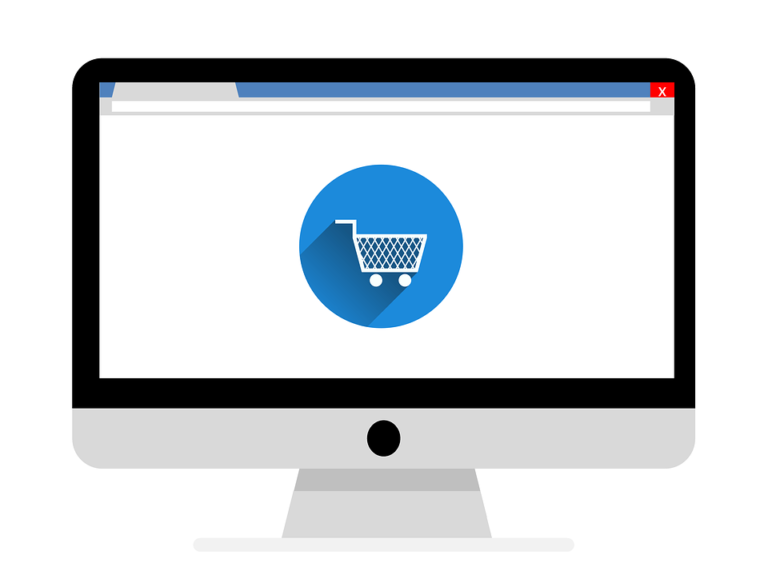Social media has quickly become a cornerstone of our personal and professional lives – but for some small businesses, it can mean a big boost in recognition and sales. Manal Richa, business consultant for the Orange County Small Business Development Center (SBDC) says,“If you’re already doing social media, start by conducting an audit of where you’re at – how often are you posting, how many followers do you have, how do your posts perform, and what is engagement is like. You can start there instead of ground zero.” Richa has been helping small businesses with their digital media for the last decade and now she shares her insights about how to get the most value from social ads.
What if you’re not tapped into social media? Put the brakes on for just a second. Before we get excited about the magic of social ads, we really have to revisit how important marketing fundamentals are when you get your checkbook ready. What do we mean? Think about your value proposition (what makes you unique), your competition (and your advantage) and your budget before jumping into social ads or any advertising. Knowing your audience and your target market, their behaviors, interests and spending habits are crucial for any advertising campaign, but especially important for social media. Know thy audience; who and where are they, what are their interests, what else are they buying – why? Because you want to make sure you’re reaching the right audience for your product/service and most importantly seeing return on your investment. The best way to secure that is create a profile for your ideal client: map out age, location, interests, gender as appropriate and even potential motivations for buying. That is a good start. Also, on an important note, when you get ready to promote your post, your product/service or your offering, guess what? The social media platform will ask you who your audience is too.
So, beginner? Take a stab at “boosting” a post on Facebook or starting an ad on Pinterest or LinkedIn. Before you purchase anything, go through the steps Facebook asks, things like: who should see your ad, where do they live, what keywords should trigger this post, what other languages should we target? This will help get you started on narrowing down your target, help you see the potential market for your offering and allow you to test. Once you’ve reviewed these different aspects and marketing fundamentals, “Put together an overall social media plan so you can understand your audience and choose the platforms you want to use. And always test. Regardless of where you are, keep an eye on the metrics because numbers say it all,” Richa says.

For those ready to take the social media advertising plunge, Richa shared the following additional tips.
The Pros and Cons of Using Social Media Ads
On the plus side, social media advertising allows small buys, a high degree of customization and are typically very user-friendly. However, that also means you can’t automate it – which may be a minus for some small business owners. The key to getting the most out of your social media ad buy is making sure the metrics match your budget and objective, which requires monitoring your analytics and adjusting as necessary.
How your Product or Service Plays a Role
Ultimately, social media ads are a marketing tool, so Marketing 101 rules apply. Make sure you’re showcasing the value proposition of what you’re offering, identify the solutions you’re bringing to the table, and speak to the points of interest of the consumer you’re trying to reach.
Focusing on an Objective (and Tie It to Your Overall Marketing Goals)
Every business has different needs at each stage of their existence. Why do you want to start advertising on social Define your goal. Is it to generate new leads, increase engagement or awareness, increase sales or traffic? Once decided, you can begin to align how you’ll go about reaching that goal and most importantly, how to measure success. For example measuring shares is a great way to assess engagement or if your social ad leads to a sign up page, you can easily measure lead generation. New companies may be best served by an awareness campaign before you push for sales. Once you have a reputation, consider campaigns that influence a desire to purchase. You could also encourage a trial by offering freebies or samples. And if you’re already an established brand working through a service issue or PR nightmare, a social media campaign could help you regain customers and traction.
Know Your Audience
You can’t be the solution for everyone! If you want to stand out, identify your unique selling proposition and who can benefit from your unique selling proposition. Then, do some market research and apply it to social media to identify which platform best serves your message (this is something the SBDC can help with.) For example, Snapchat appeals to a different audience than Pinterest or Instagram. Make sure you’re advertising with the platform that reaches your target demographic.
Figure Out Your Budget
As with anything you do in marketing, test it, test it, and test it some more. Starting your social media ad buy at $1 per day is a great way to find out what works for your specific business so you can easily monitor what’s working and what’s not. As your ads gain traction, you could increase your media buy to $2 per day and increase it based on results. But if you’re spending $500 per week for 300,000 impressions and you’re only getting three visits to your website, that’s not a smart investment. Testing at a smaller budget means you can easily increase or decrease from there.
Determining Your Return on Investment
Your measure of success with social media ads will depend on what your objective is, and how you’re determining your own ROI – and both of those connected will determine how successful your campaign is. If the campaign is meeting your needs, keep it up! If not, decrease the budget or pause your campaign to adjust the the call to action, demographic, media or lead capture techniques. Remember test one aspect at a time so you know what caused an uptick or decrease in interaction with your ads.
Here is a Social Media Audit Checklist to get you started on evaluating your current social media assets and presence.




